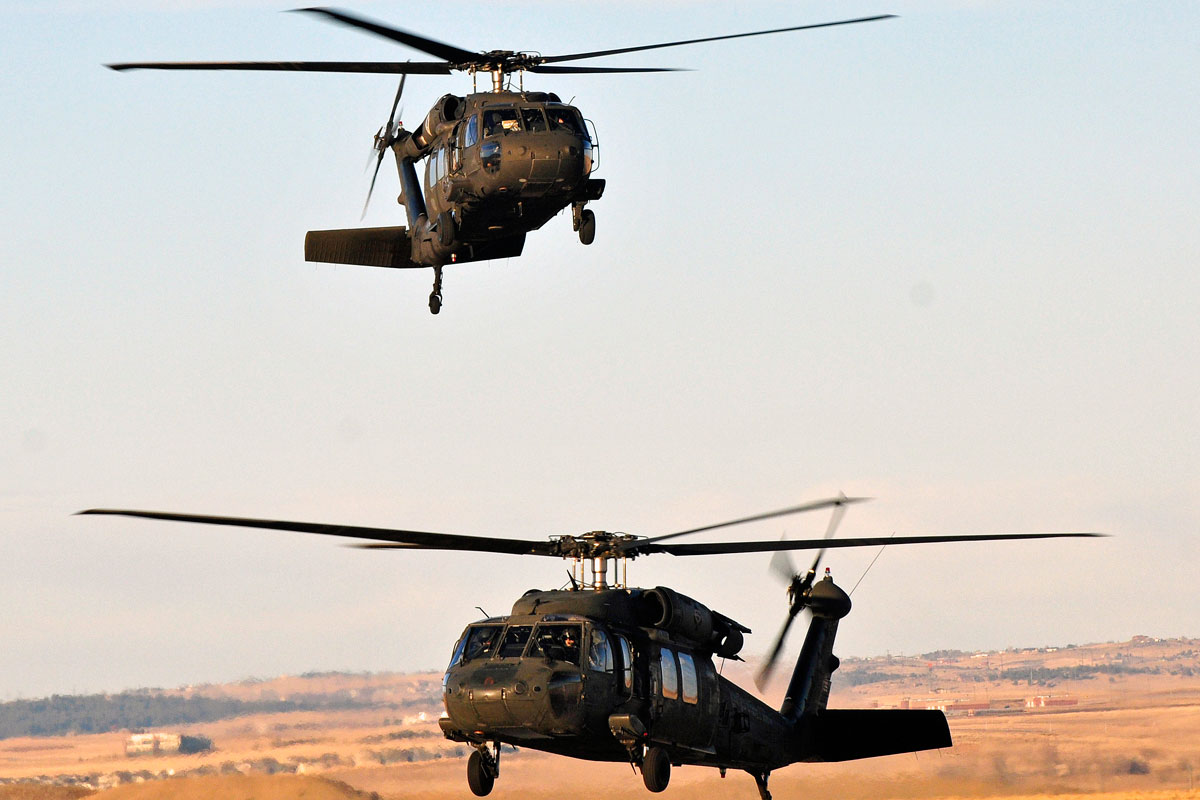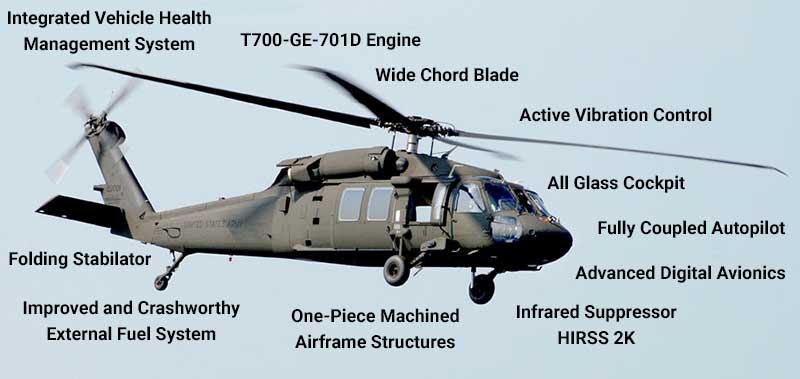Trip Ready: Guaranteeing Optimum Condition for Your UH 60 Helicopter
Trip Ready: Guaranteeing Optimum Condition for Your UH 60 Helicopter
Blog Article
Browsing Uh 60 Helicopter Regulations and Conformity Needs

Regulatory Structure Introduction
The regulatory framework governing UH-60 helicopter procedures incorporates a facility collection of regulations and criteria established by aeronautics authorities. These regulations are designed to make certain the safe and efficient procedure of UH-60 helicopters in numerous settings. The Federal Aeronautics Management (FAA) plays a central function in developing and enforcing these guidelines, which cover a vast array of operational aspects, including airworthiness standards, pilot certifications, upkeep needs, and operational treatments.
Conformity with these regulations is necessary for helicopter drivers to preserve the highest degree of security and functional honesty. Failure to follow these guidelines can result in significant repercussions, consisting of mishaps, injuries, and regulative sanctions. Helicopter operators need to stay notified regarding the latest regulative growths and ensure that their operations are in complete conformity with all appropriate policies and criteria.
Airworthiness Regulations and Examinations
In the middle of the governing structure controling UH-60 helicopter procedures, a crucial focus rests on compliance with Airworthiness Directives and conducting extensive assessments to promote safety and security criteria and functional integrity. Airworthiness Regulations (Advertisements) are provided by air travel authorities to deal with dangerous problems in airplane, including the UH-60 helicopter, and mandate specific actions to be taken by drivers or proprietors. Compliance with ADs is mandatory, and failure to stick to these regulations can lead to major consequences, consisting of grounding of the airplane.
Routine evaluations are vital to guaranteeing the airworthiness of UH-60 helicopters. These evaluations encompass a range of checks, from regular everyday evaluations conducted by pilots prior to and after flights to more comprehensive set up maintenance inspections carried out by licensed auto mechanics. Additionally, unique assessments may be called for based on specific problems or occurrences. By sticking to a stringent inspection routine, operators can detect and resolve prospective issues immediately, thereby boosting the safety and integrity of UH-60 helicopter operations.
Pilot Certifications and Training

Pilot training for UH-60 helicopters is thorough and covers a large variety of subjects, including airplane systems, emergency treatments, navigation, and mission-specific training. In addition, pilots go through simulator training to exercise different emergency situation situations in a regulated atmosphere. This training aids pilots establish the essential skills to take care of challenging scenarios effectively.


Additionally, continuous training and expert advancement are important for UH-60 pilots to stay current with the most recent laws, modern technology, and ideal methods. By investing in pilot qualifications and training, drivers can enhance security, optimize efficiency, and make certain conformity with regulatory needs in the procedure of like it UH-60 helicopters.
Operational Limitations and Requirements
Pilot credentials and training function as the foundation for understanding the functional restrictions and requirements linked with UH-60 helicopter procedures (uh 60). These operational constraints are established to make certain the security of the crew, travelers, and the aircraft itself. Functional restrictions may consist of elements such as weather, weight restrictions, elevation constraints, and functional boundaries. It is critical for pilots to be skilled in these constraints to make educated choices throughout flight procedures. Additionally, compliance demands, such as sticking to certain trip paths, interaction protocols, and emergency treatments, are important for maintaining functional security and regulative conformity. Pilots should remain current with all functional constraints and demands through routine training, instructions, and assesses to mitigate risks and guarantee safe and reliable UH-60 helicopter procedures. By prioritizing adherence to these operational standards, pilots can enhance the general safety and security and effectiveness of their missions while promoting regulatory standards.
Emergency Situation Treatments and Conformity Testing
Efficient emergency treatments and extensive compliance screening are crucial parts of preserving operational security anonymous and regulatory adherence in UH-60 helicopter procedures. Regular conformity testing makes sure that the helicopter meets all regulative requirements established forth by aviation authorities.
Conformity testing likewise includes devices onboard the UH-60, such as interaction systems, navigation tools, and safety gear. Making certain that all equipment is operating correctly and fulfills regulatory requirements is essential for risk-free procedures. Additionally, compliance screening may include simulations of emergency situation scenarios to examine the crew's action and the helicopter's efficiency under check my reference stress and anxiety. By prioritizing emergency situation treatments and conformity screening, UH-60 operators can mitigate dangers and demonstrate their dedication to safety and governing conformity.
Verdict
To conclude, adherence to governing structure, conformity with airworthiness instructions, pilot qualifications and training, functional constraints, and emergency situation treatments are important for navigating the policies and requirements of operating a UH-60 helicopter. uh 60. It is essential for operators to prioritize safety and guarantee full compliance with all applicable regulations to maintain the airworthiness and functional honesty of the airplane
Navigating the regulatory landscape surrounding UH-60 helicopter procedures requires a nuanced understanding of the elaborate web of rules and compliance needs.Conformity with these guidelines is vital for helicopter operators to maintain the highest possible degrees of security and operational honesty.Among the regulative framework controling UH-60 helicopter procedures, a critical focus exists on compliance with Airworthiness Directives and carrying out extensive assessments to support safety and security requirements and operational integrity.Reliable emergency treatments and detailed conformity screening are vital components of keeping operational safety and security and regulative adherence in UH-60 helicopter operations. Routine compliance screening ensures that the helicopter fulfills all regulatory needs established forth by air travel authorities.
Report this page